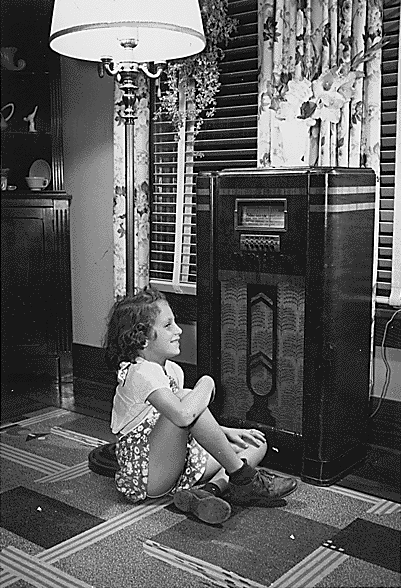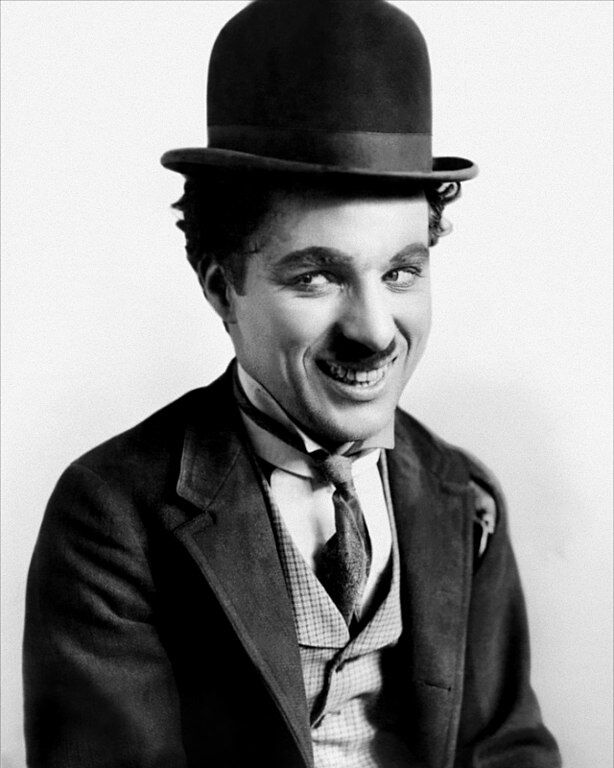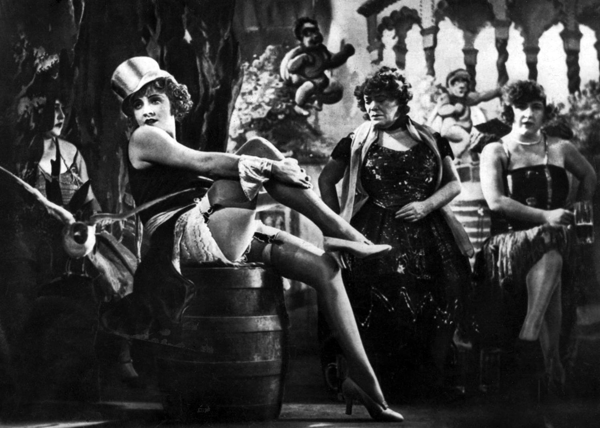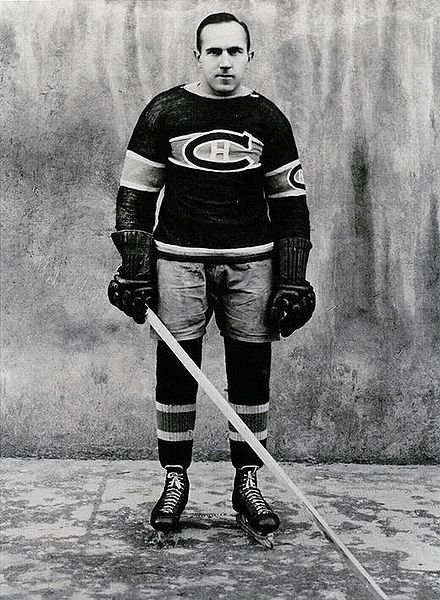The Roaring Twenties were characterized by great economic prosperity. This prosperity helped develop mass culture since people had more money to spend on cultural events. Cabarets, theatres, cinemas and amphitheatres saw an increase in audiences.
Mass culture also flourished thanks to new technology such as radio and television, which made cultural content more accessible to the whole of the population.
The radio was introduced in Quebec homes during the Roaring Twenties when the federal government approved the establishment of the first radio stations in Quebec. These stations reached the major cities in the province. This significantly increased the sale of radios as families in these urban centres enjoyed listening to music, news and interviews from the comfort of their own homes.

In 1932, the federal government created the Canadian Radio Broadcasting Commission (CRBC), a Canadian national network to compete with American radio stations. In 1936, the CRBC became the Canadian Broadcasting Corporation, broadcasting in both official languages.

Movies also became very popular in Quebec cities as Hollywood flourished. Movie theatres became an affordable and accessible way to have fun. The first movie theatre in Canada opened in Montreal in 1906. During the First and Second World Wars, movie theatres presented reports on the conflict in Europe.

Roman du terroir was the most popular literary style in French Quebec, focusing on stories about life in rural Quebec. Strongly rooted in French-Canadian culture, the roman du terroir idealized traditional values such as family, the French language, the rural homestead and the Catholic religion. French-Canadian literature was closely tied to the clerico-nationalist movement. Conversely, it painted life in the city in a negative light. Le Survenant by Germaine Guèvremont and Un homme et son péché by Claude-Henri Grignon are examples of romans du terroir.
Cabarets were establishments that put on exciting live shows. Cabarets were very popular among young people in Quebec. These cabarets were largely influenced by American culture because of prohibition, which was in full swing in the United States, making it illegal to sell or drink alcohol. Many venues that sold alcohol in the United States closed down. Many American artists chose to perform in Canada, since alcohol was not prohibited there. It was not uncommon to hear jazz and other American-style music in Quebec cabarets.

Professional sports also gained popularity in Quebec due to the country’s strong economy. The sports industry was changing. Lacrosse was losing many fans to sports such as hockey and baseball. The Montreal Canadiens hockey franchise was created in 1909.
